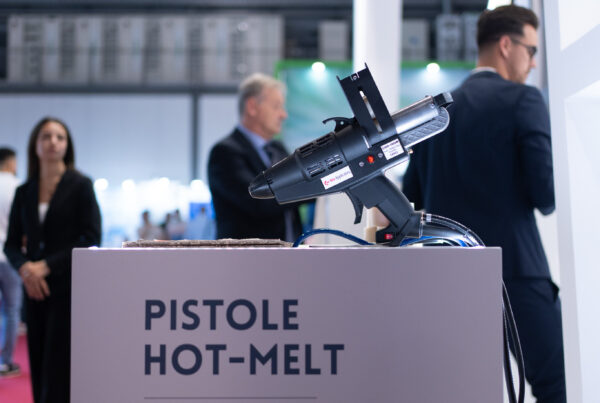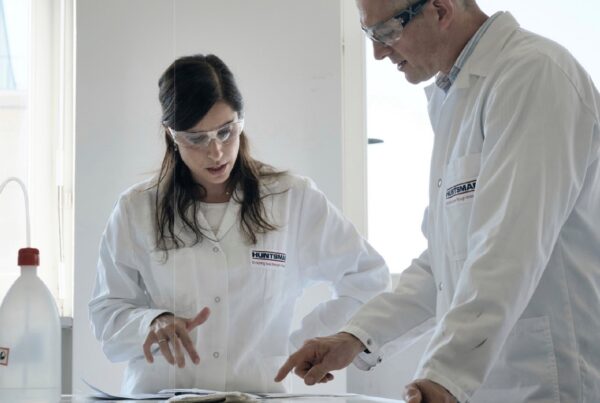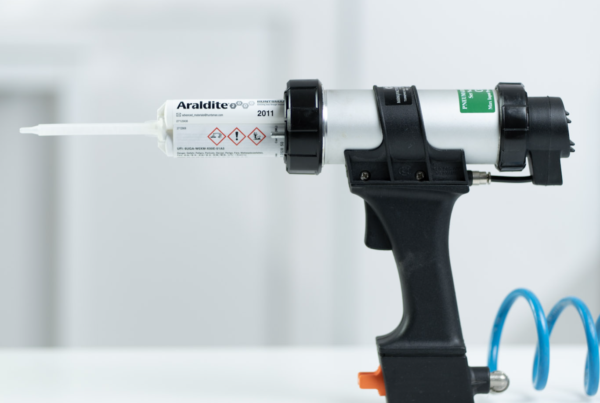Challenges and opportunities for electric vehicle charging infrastructure
Environmentally friendly lifestyle choices, combined with the desire to save on fuel costs, are driving demand for electric vehicles (EVs) exponentially.
Add to this the E-Mobility trend and there is a critical need for more extensive electric infrastructure, particularly for EV charging stations and related equipment needed to support the mass adoption of EV technology.
Electric vehicle charging must become more convenient, more efficient and more sustainable.
In addition to meeting the demand for more residential and commercial charging stations, manufacturers face a number of challenges, including:
- Charging speed,
- Security,
- Compatibility,
- Reliability
- efficiency, as well as preparing for emerging trends toward integration with smart grid technology and wireless charging.
Dow, which has always been at the forefront of the E-Mobility field, develops innovative silicone materials that play a crucial role in creating meet the demand for electric mobility.
Why choose Dow silicone technology?
Dow is committed to offering innovative technologies to OEMs and EV suppliers to help make the evolution of transportation smarter and more sustainable.
Especially in this period of rapid development of electric charging stations, Dow is focusing on exploring the industry’s potential, building on trusted application experience and critical insights in materials science to create a range of innovative, high-performance silicone materials and adhesives for battery packs, charging stations, charging guns, energy storage systems and other applications.
The inherent versatility of silicone chemistry can help expand design freedom, increase processing options, and improve performance and reliability.
Dow offers a wide range of product options to address specific EV infrastructure challenges, including:
- Thermal management materials, including fillers, adhesives, noncuring compounds, gels, and encapsulants.
- Materials for protection and assembly, including adhesives, sealants, and conformal coatings.
- Elastomers, high consistency silicone rubbers (HCR) and liquid silicone rubbers (LSR)
Applications of silicone materials for E-Mobility
Charging systems for electric vehicles can essentially be classified into three categories:
- Level I: alternating current, slow charge (120 VAC) – typically used in home chargers; 6 to 12 hour charge cycle.
- Level II: AC, slow charging (208-400 VAC)-typically used in home and commercial charging stations; charging cycle 4 to 10 hours.
- Level III: direct current, fast charge (400-1,000 VDC)-used in commercial stations; charge cycle 5 to 30 minutes. These systems are commonly called X DC or fast charging.
Dow offers a range of material options specifically designed to meet the most complex needs of high-power Level III DC fast charging columns, including charging station technologies, charging guns (connectors), cables and housings.
The comprehensive use of thermally conductive technical materials, silicone elastomers, coolants, and other silicone technologies can significantly improve the functionality, safety, and sustainability of electric vehicle charging infrastructure and provide consumers with an efficient and reliable driving experience.
Silicone materials for thermal management
Heat generation is intrinsic to the charging process, resulting in thermal management issues for charging housings, charging guns, wires, and cables. With the evolution of heat dissipation technology in charging modules, heat can be transferred to the external environment through highly conductive materials.
Alternatively, a more complex liquid cooling technology can solve the problem of heat dissipation within the charging housing itself. Both methods require adequate thermal conductivity and thermal management materials.
Silicone protection and assembly materials
The interiors of printed circuit board (PCB) modules, charging gun connectors, and charging case cabinets contain components such as capacitors, semiconductors, and magnetic devices, all of which are sensitive to environmental contamination (e.g., entry of dust, water, salt spray, and so on).
These interiors also contain power devices with high heat output. Silicone materials can help maintain these structures so that components are protected from the environment.
Materials for EV charging stations
There are specific silicone materials for individual parts of electric vehicle charging stations:
- Reloading guns
- Gels, encapsulants and pottants
- Thermal management
- HCR
- LSR
- Conformal coating
- Sealants/adhesives
- Charging cables and bus bars
- HCR
- Accommodations for charging stations
- Foam gaskets
- Sealants/adhesives
- Power Electronics
-
- HCR Ceramization
- Conformal coatings
- Electrically conductive materials (EMI shielding)
- Materials for thermal management
- Gels, encapsulants and pottants
Mascherpa, Dow’s official partner in Italy, has a wide selection of proven silicone materials under the DOWSIL™, SILASTIC™, SYLGARD™ and XIAMETER™ brands to meet the demanding performance requirements of charging systems used in a wide range of applications.
We contribute to innovative projects and works for the consumer electronics and automotive sectors and provide solutions according to the required project.
Download the brochure and contact us.




